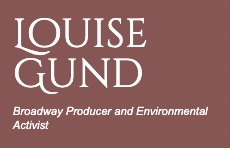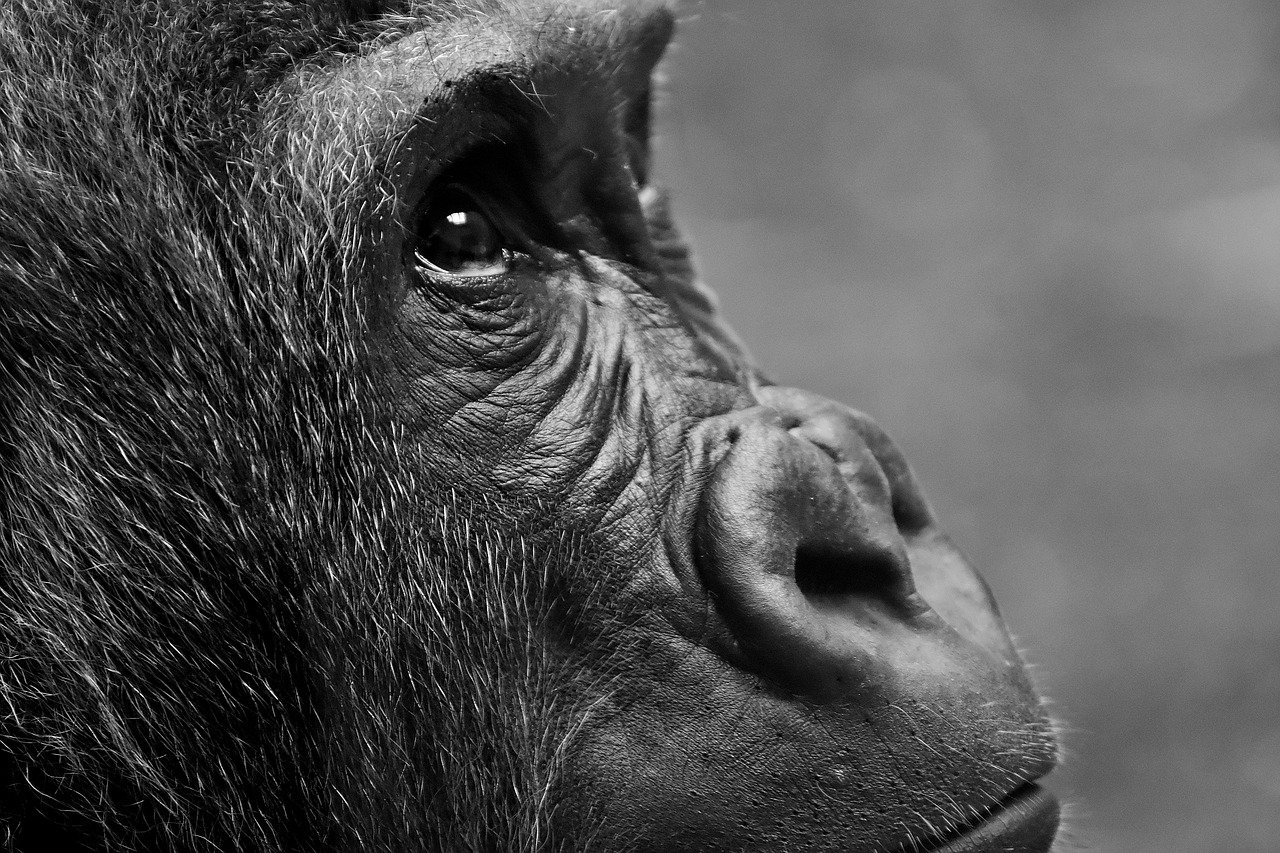The mountain gorilla, frequently referred to as the gentle giant of the ape family, has dwindled in population at a dangerously fast rate. The mountain gorilla is a subspecies of gorilla—other gorilla subspecies include the western lowland gorilla, Cross River gorilla, and eastern lowland gorilla. Each year since 1996, the mountain gorilla has been listed by IUCN as critically endangered. The other gorilla subspecies are similarly endangered.
Today, there are only about 1,000 mountain gorillas left in the wild. Their habitat encompasses a small, high-altitude area that spans a handful of national parks in Rwanda, Democratic Republic of the Congo, and Uganda: Volcanoes National Park, Virunga National Park, Bwindi Impenetrable National Park, and Mgahinga Gorilla National Park. It essential that humans put their full effort into protecting the mountain gorilla and its habitat if we want these numbers to increase.
Why is the mountain gorilla critically endangered, and who are the organizations working to protect it? Is there reason to hope? What can individuals do? To answer these questions, it’s important to first understand the threats these majestic creatures face.
The Main Predator
The main predator of the mountain gorilla—and all other gorilla subspecies—is humankind. Thanks to hunting, poaching, civil war, and habitat destruction, we humans have caused the population of mountain gorillas to plummet.
Some of the main ways that humans are harming gorillas are:
- Baby gorillas are sometimes sought after as exotic pets.
- Gorillas are killed by trophy hunters and poachers.
- Violence and civil war make it more difficult to protect gorilla populations and habitats.
- Humans are destroying the habitats of gorillas via commercial logging, agriculture, and the construction of roads into formerly remote, wilderness areas.
- Infectious diseases that humans spread, such as Ebola, have caused deadly epidemics in gorilla populations. Gorillas can also catch human diseases like the flu and pneumonia.
- The trade in bushmeat is resulting in gorillas being killed and eaten. Gorillas represent only a small portion of the animals killed for bushmeat, but any level of hunting is harmful to their numbers because of their low reproductive rate.
What Organizations Are Working to Help?
There are several organizations dedicated to protecting gorillas, and their work is cause for optimism and hope. Though the mountain gorilla’s population is still low in absolute terms, it is increasing. According to the African Wildlife Foundation, the mountain gorilla population has grown 26.3 percent over the past seven years.
One organization on the front lines is the Dian Fossey Gorilla Fund in Rwanda. The namesake of the Fund, Dian Fossey, was responsible for establishing the Karisoke Research Center in Rwanda’s Virunga Mountains. This research center primarily conducts studies of mountain gorilla ecology and behavior. In operation for 50 years, Karisoke oversees the longest-running field study of any primate in the world and is the source of much of humanity’s knowledge of gorillas. Dian Fossey’s work is also the inspiration for the 1988 film Gorillas in the Mist.
In addition to researching gorillas, the Dian Fossey Gorilla Fund focuses on direct daily protection of gorillas in their habitats. Every day, Fossey Fund trackers venture out into the forest to locate the gorilla group that’s been assigned to them. They record the group’s location and even identify each gorilla in the group, taking care to note each individual’s health and appearance. Their work is a vital source of data on mountain gorillas, and their daily presence deters illegal poachers and hunters.
Another organization working to protect mountain gorillas and their habitats is the African Wildlife Foundation (AWF). Last year, AWF bought a tract of land adjacent to Rwanda’s Volcanoes National Park and donated it to the Rwandan government to create additional protected mountain gorilla habitat. In addition, AWF works with local communities and tourism industry operators to create jobs and build local economies that are based on the preservation of gorillas and their habitats. These fruitful partnerships have resulted in the construction of the community-owned Sabyinyo Silverback Lodge in the Virunga Mountains and the Clouds Mountain Gorilla Lodge near Bwindi Impenetrable Forest.
How Can You Contribute as an Individual?
Protecting mountain gorillas may seem like a daunting task. However, each person can take action and have a positive impact. If you are passionate about this cause or looking to help, there are many ways to get involved. Most of these ways are through trusted organizations that are working on the ground to protect mountain gorillas—organizations like the Dian Fossey Gorilla Fund and the African Wildlife Foundation. Here are some ways you can help:
- Donate money to these and other trusted organizations.
- Book a stay at the Sabyinyo Silverback Lodge or the Clouds Mountain Gorilla Lodge to both support rural communities and protect gorillas and wild habitats.
- Through AWF, you can create an online fundraising campaign for the organization and share it with your friends and family.
- Through the Dian Fossey Gorilla Fund, you can symbolically adopt a gorilla.
- The Fossey Fund also invites people to visit the Karisoke Exhibit in Musanze, Rwanda, to learn about the history of the Fund and its current gorilla research and protection initiatives.
Beyond these actions, perhaps the best thing you can do is to spread the word and help raise awareness. The more people know about mountain gorillas and their plight, the more we can build a global community of people dedicated to the protection of these beautiful animals.

